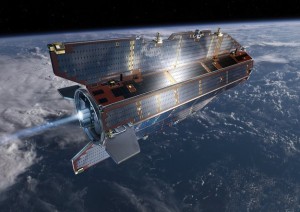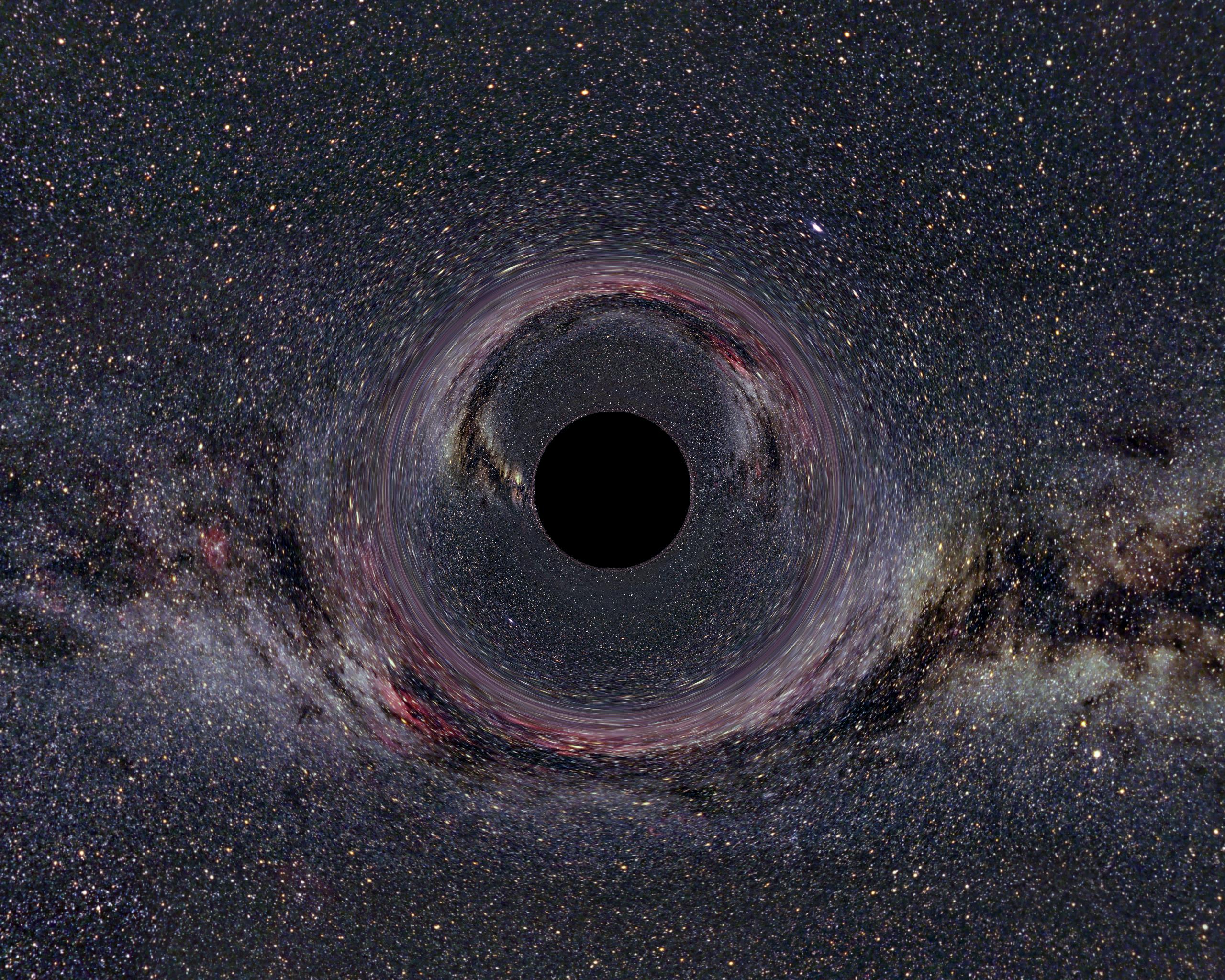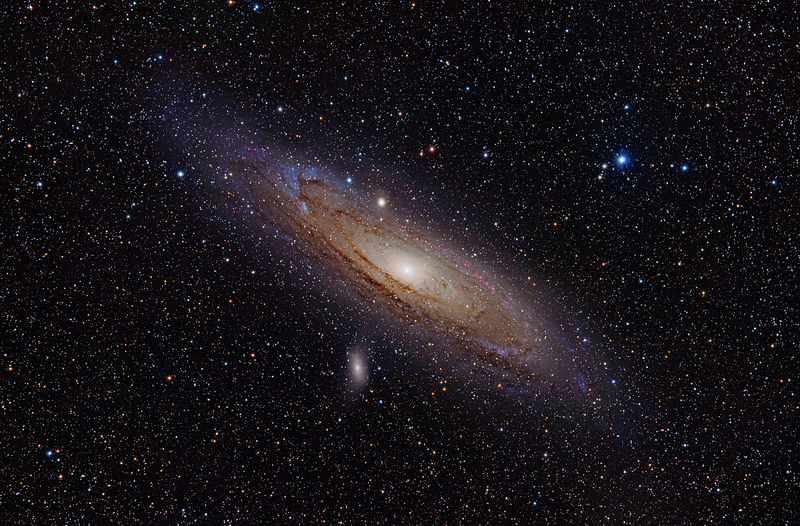Last weekend a car-sized satellite crashed to Earth, landing in the South Atlantic Ocean. The Gravity field and steady-state Ocean Circulation Explorer – GOCE – descended to Earth after it ran out of fuel, giving rise to the question: how do satellites stay in orbit?
There are two main factors involved. Firstly, we have the gravitational pull of the Earth which is known as centripetal force. Secondly, there is the velocity of the satellite in orbit. Velocity imparts a force on the satellite, known as centrifugal force. If the centripetal force exceeds the centrifugal force of the satellite, then the object will fall to Earth. If the centrifugal force is greater than the centripetal force, then the satellite will drift off into space. If the two forces are equal, the satellite will stay in orbit.
A basic rule of thumb is that the lower the orbit, the greater the speed necessary for the satellite to stay on track.
Just to make things tricky, orbiting satellites experience friction. Space is not a perfect vaccum. Gas and dust exert drag on satellites, slowing it down and decreasing its altitude; which, in turn, increases drag and allows Earth’s gravity to win out over the centrifugal force of the satellite. This explains why some satellites have thrusters to maintain orbit.
Have I confused you? Watch this video.
Short answer: Satellites stay in orbit by maintaining a velocity which prevents the object falling to Earth, as well as flying off into the cosmos.






